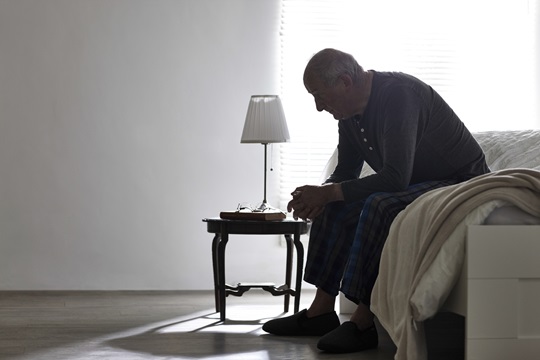Everyone is susceptible to the potential hardship of a chronic wound. We must put more emphasis on each individual’s concerns to manage wounds more effectively.
Everyone, given a certain set of circumstances, is susceptible to suffering the hardship of a chronic wound. It’s the nature of the beast. And while that’s a straightforward fact, the implications are enormously complex. The same type of wound can affect different people in a range of ways.
This is something the healthcare community does not always fully appreciate.
Too often, the common assumption is that people are robust and can look after themselves at home as soon as they are considered to be relatively fit and healthy. The subjectivity of ‘relatively fit and healthy’ is multi factorial; a status often imposed on patients with limited inclusion of the patient and their family, it creates an expectation that patients are resilient enough to manage unaided.
There are many hurdles which can hinder a person’s progress while recovering from a chronic wound that require careful consideration; what if they live at home on their own and their wound makes simple tasks like putting on shoes or trousers almost impossible without help? Or if they have a chronic wound in a fairly exposed position on their body, and they find it awkward to ask for help from friends or relatives?

Who do these patients turn to for help? In this vulnerable position, many patients are hesitant to call anyone for help in case they look foolish. All of a sudden, even the enjoyable things we all take for granted can become unmanageable. Going on holiday, for instance - patients find themselves thinking: what sort of wound dressings will I need? How do I cover up my wound? What if something goes wrong with my wound treatment while I’m in a foreign country?
It’s easy to see how people become isolated and why so many people with chronic wounds suffer psychological trauma which stretches way beyond the physical problems associated with the wound.
So what can we do?
The healthcare industry must work in collaboration in an attempt to resolve these issues while maintaining the patient at the heart of all decisions. Listening to the patient and their families’ experience of living with and managing a wound is essential and using these ‘real life’ experiences to develop and implement care bundles will ensure that psycho social needs are met. We need a method of efficiently contextualizing each person’s wound care needs to offer advice tailored to their unique wound care needs. This can be achieved by developing on line and social media forums for patients to share their experiences of living with a surgical wound. There is evidence that these forums provide a positive environment for patients to share as exemplified through patient-support forums for people with cancer, lung transplant patients, and people with leg ulcers.
Ultimately, it’s about empowering the patient to take ownership of their condition and offering a vehicle to share experiences and to access advice in a timely manner that will help to improve patient’s quality of life.

